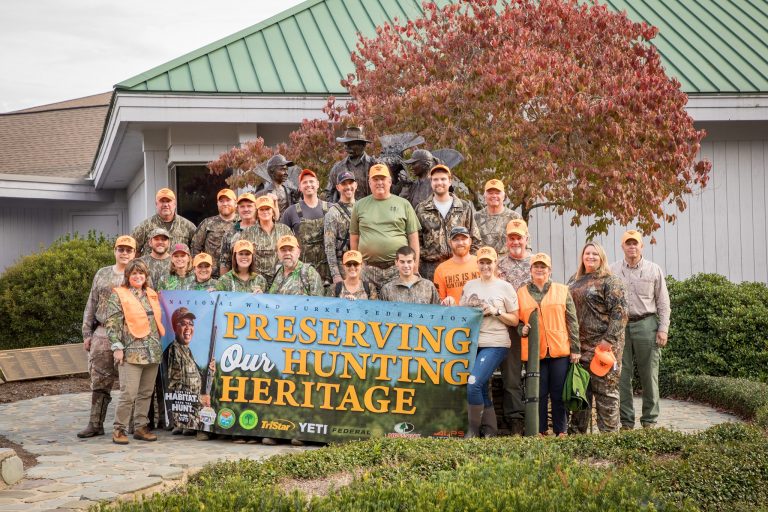Spezze said the NWTF’s national conservation efforts are now categorized into three sections:
1. Initiatives the organization leads like the Rocky Mountain Restoration Initiative, which seeks to improve water quality and create more fire-resilient forests, thus improving wild turkey habitat with help from the US Forest Service.
2. Initiatives that the organization co-leads like the White Oak Initiative, which is focused on the long-term sustainability of white oak forests and the economic, social and environmental benefits they provide to people, plants and animals like the wild turkey.
3. And initiatives that the organization neither leads nor co-leads but assists with regularly as a partner, like the Longleaf Pine Initiative, which the NRCS oversees to restore longleaf forests for the 600 plant and animal species, including wild turkeys, that rely on them.
Each type of initiative positively affects the wild turkey as well as hundreds of other species, making the NWTF’s conservation efforts that much more powerful and impactful.
“The wild turkey is in the middle of all those projects,” Spezze said. “Conservation means what it always has in our last 49 years but the scale that we’re delivering it on is much grander. We’re not only impacting the resource, but we’re inviting other nontraditional partners to the table that have been benefiting from the work we’re doing but not investing in it.”
The change also allowed NWTF volunteers and members to step away from the habitat management work they were used to, to focus on the organization’s hunting heritage programs, including the JAKES Program, Women in the Outdoors Program and Wheelin’ Sportsmen Program. These programs are centered on R3 efforts to recruit, retain and reactivate hunters. They also provide social support to participants and help build a unified hunting community. NWTF volunteers dedicated more of their time to mentoring newcomers, inviting their friends to hunt and working to keep the hunting component of conservation alive, which is extremely important to the NWTF’s mission.
“Hunters are the ultimate conservationists,” Spezze said. “Hunting is a primary tool for population control and wildlife management. The American model of conservation funding is founded on money generated through the Pittman-Robertson Act by sportsmen and women who provide funds every time they buy a hunting license or hunting equipment. So, it’s an easy connection between hunting and conservation, not only from a financial standpoint but in the end result as well.”
NWTF supporters also contribute to conservation by joining the organization, attending the NWTF Convention, attending local NWTF banquets and making financial donations that support the organization’s nationwide efforts. The NWTF uses 89 cents from every dollar generated or donated to improve conservation.
The ATA is proud to support and partner with the NWTF on many of the initiatives described above, and encourages its members to get involved. Spezze outlined three ways to help.


